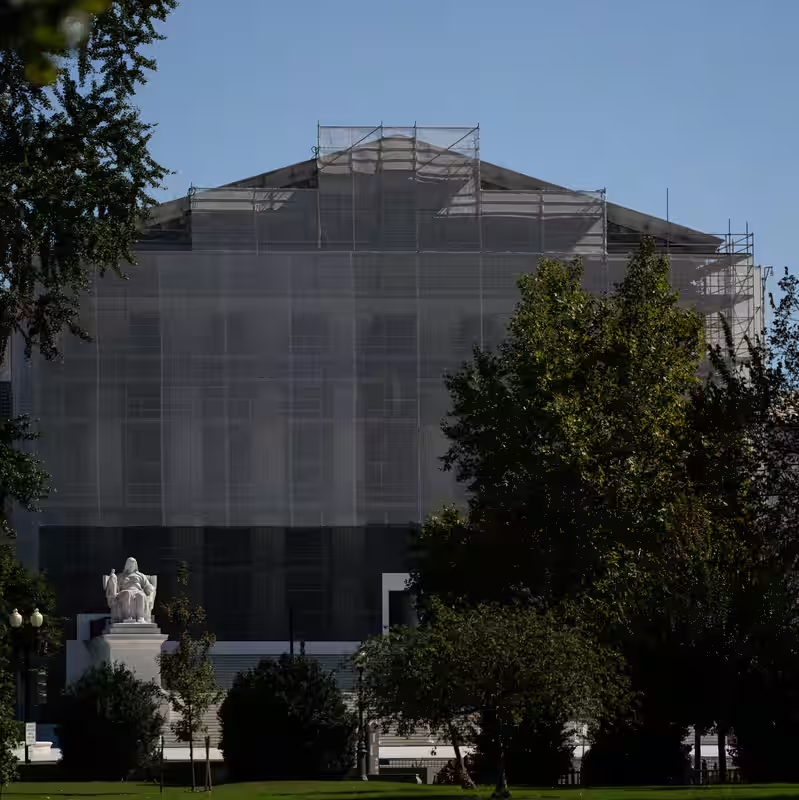Table of Contents
- Voting Rights Act Under Fire
- Louisiana Case at the Center of the Storm
- Historical Erosion of the Voting Rights Act
- What Section 2 Protects—and Why It Matters
- Potential Consequences of a Ruling Against Section 2
- Sources
Voting Rights Act Under Fire
The Voting Rights Act, a cornerstone of American civil rights legislation since 1965, is facing what may be its most existential threat yet. On October 15, 2025, the U.S. Supreme Court heard renewed arguments in a Louisiana redistricting case that could effectively dismantle Section 2—the last major enforcement mechanism of the landmark law .
For decades, the Voting Rights Act has weathered legal challenges, but the current conservative supermajority on the Court has signaled deep skepticism about race-conscious remedies in electoral mapmaking. Justices like Brett Kavanaugh and John Roberts have openly questioned whether such protections still have a place in modern America .
Louisiana Case at the Center of the Storm
The case, Louisiana v. Callais, revolves around the state’s 2024 congressional map, which created a second majority-Black district after federal courts found the original map diluted Black voting power. While Black residents make up roughly one-third of Louisiana’s population, they were previously confined to just one of six congressional districts.
After the redrawn map was adopted, a group of twelve white voters sued, claiming it constituted an illegal racial gerrymander. A divided federal panel initially struck down the map, but the Supreme Court allowed it to stand for the 2024 election—leading to the election of Cleo Fields, a Black Democrat, in the newly formed district .
Now, in a rare procedural move, the Court has ordered reargument—not just on the specifics of Louisiana’s map, but on the sweeping constitutional question: Does the intentional creation of a majority-minority district violate the 14th or 15th Amendments? Legal experts say this signals the Court may be preparing to declare Section 2 of the Voting Rights Act unconstitutional .
Key Players in the Case
| Party | Position | Key Argument |
|---|---|---|
| NAACP Legal Defense Fund | Defending the map | Section 2 is essential to prevent vote dilution and ensure minority representation |
| Louisiana Attorney General (Liz Murrill) | Opposing the map | Race-based redistricting relies on racial stereotypes and violates equal protection |
| Trump Administration (via DOJ) | Supporting white plaintiffs | Section 2 is “unworkable and unconstitutional” |
Historical Erosion of the Voting Rights Act
The Voting Rights Act has been under judicial siege since its inception. In 1993, the Court in Shaw v. Reno warned that oddly shaped majority-Black districts could resemble “political apartheid.” Then, in 2013’s Shelby County v. Holder, the Court gutted Section 5—the provision requiring federal preclearance for voting changes in historically discriminatory states .
Chief Justice Roberts, who as a young Reagan-era lawyer opposed strengthening the Act, wrote in Shelby that “Section 2 remains” as a safeguard. But now, even that backstop appears vulnerable. As Justice Sonia Sotomayor noted during oral arguments, the Court is being asked to overturn its own 2023 precedent that upheld Section 2 in an Alabama redistricting case .
What Section 2 Protects—and Why It Matters
Section 2 prohibits any voting practice that results in minority voters having “less opportunity than other members of the electorate to participate in the political process.” It has been used not just in the South, but nationwide—from New York school boards to Native American ballot access in Montana .
Under the Gingles test (from a 1986 ruling), plaintiffs must show: (1) a geographically compact minority group, (2) political cohesion among that group, and (3) consistent bloc voting by the white majority to defeat minority-preferred candidates. These standards have enabled the creation of majority-minority districts that elect diverse representatives like Alabama’s Shomari Figures and Louisiana’s Cleo Fields.
Potential Consequences of a Ruling Against Section 2
If the Court strikes down or severely limits Section 2, experts warn the impact would be “catastrophic.” Up to a dozen Democratic-held House seats across the South could be eliminated through Republican-led redistricting. More broadly, the ability of minority communities to challenge discriminatory maps or voting laws would vanish overnight .
As former Attorney General Eric Holder stated: “Any decision that fails to reaffirm precedent could shatter Americans’ faith in the judicial system.”




